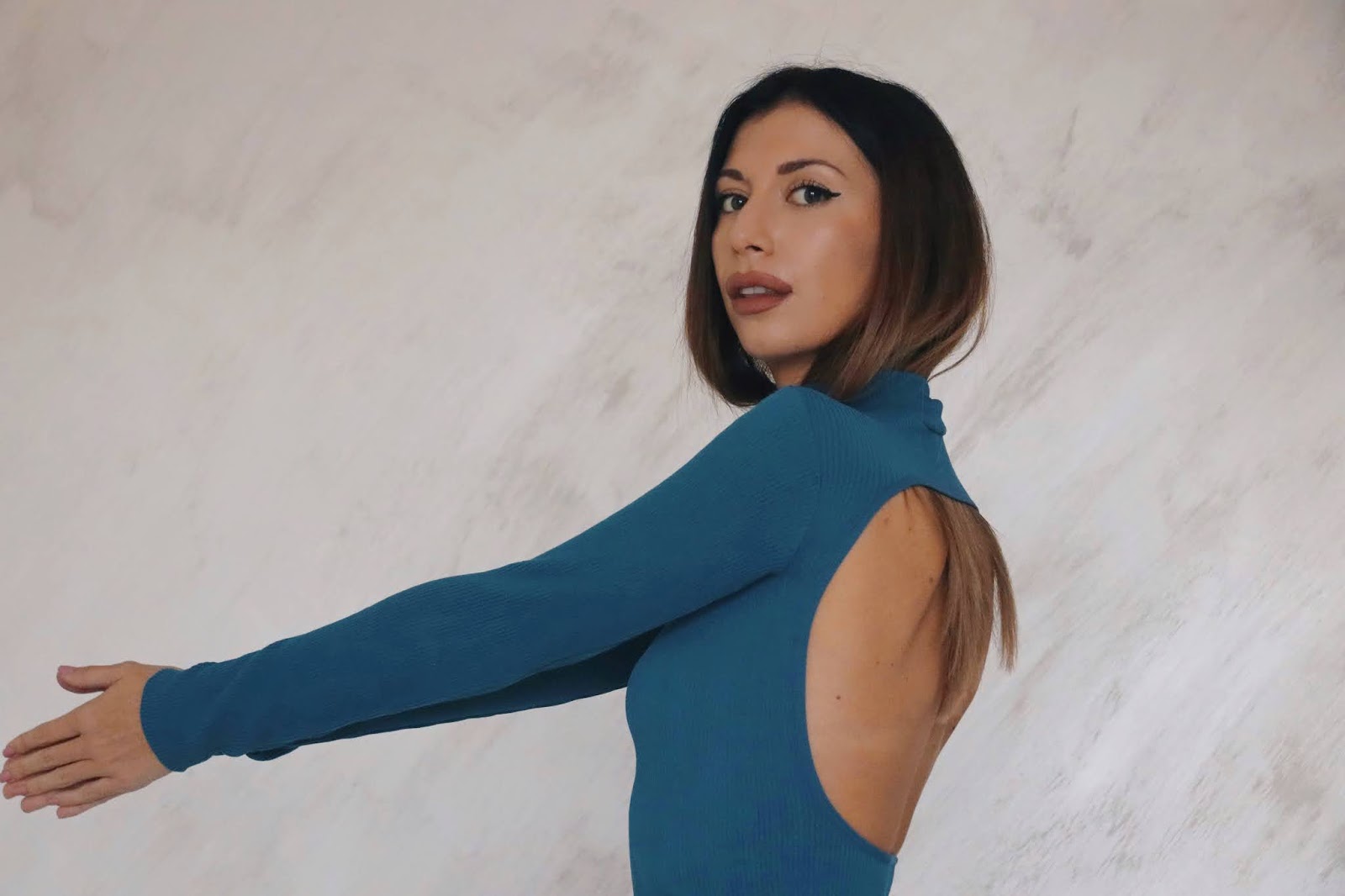Indian style varies a ton relying on the practices, environment, nationality, and geology. Individuals from various states have various preferences for style and how they choose to glitz themselves. Indeed, even the wedding clothing of various religions is totally different from one another.
There is likewise a huge variety with regards to the texture being utilized, the weaves, and varieties too. The adornments that Indians typically wore nevertheless favour incorporate jewellery, bangles, rings, and hoops, which are made of gold, silver, or copper
Indian style has likewise been generally affected by western culture. There is a wonderful combination of Indian culture with a hint of the west. The Bollywood industry generally assumes a critical part in how Indian excellence patterns change or develop.
The 1960s
Despite the fact that the Indian style was affected by the English, the Indians remembered their way of life. The 1960s were significantly founded on weighty adornments and striking weaved sari. Indeed, even ghagra choli was incredibly famous around then.
Men used to wear a mandarin nabbed shirt and a couple of pants. Around then, even matching suits were very well known. Nehru suit began acquiring fame among men, and more men begin adjusting to that.
The 1970s
This was when the Indian style saw an influx of trial and error. Ladies decided on more splendid varieties like yellow, orange, and pink. The example of polka dabs was likewise brought into reality. Bollywood stars wore white outfits with dark polka specks in them and matched them with a similar shade of hairband.
The film Bobby featuring Rishi Kapoor and Dimple Kapadia turned into the norm for design with how Dimple Kapadia dressed. She wore delightful spotted outfits with her hair tied back. These spotted tops were matched with the recently acquired ringer base jeans that were massively advocated. For men, the pattern of dhoti, kurta, turban, and sherwani was broadly adored by everybody.
The 1980s
Bollywood stars began wearing a lot of glittery dress pieces. It was the period of disco, and individuals delighted in it a ton. More shades of gold and silver were advocated among ladies in western wear. In customary wear, ladies decided on additional sheer saris and low-neck shirts. The design business went for sheerer outfits instead of going for anything murky.
For men, the Indian style changed in light of the fact that men began settling on additional western outfits like cowhide coats and denim coats. The style mantra of Indian men turned into a ton about western pinion wheels rather than dhoti or Nehru suit.
Source: TOI
The 1990s
The 1990s were the progressive years for the Indian style. For conventional wear, ladies settled on botanical saris and flower dresses. Indeed, even the salwar kameez began turning out to be exceptionally renowned among youthful grown-ups. Flawlessly weaved salwar kameez was broadly eminent at this time.
For western wear, ladies settled on short dresses and a greater amount of athleisure outfits. During that time, Bollywood entertainer Karishma Kapoor was a critical impact on Indian ladies. Teens and youthful grown-ups began wearing denim skirts that were either little or mid-length. Denim crop tops were additionally really well known among females.
Headbands turned into a charming extra piece for ladies of all ages gatherings. One more gorgeous piece of adornment that got resuscitated in the present time is the choker. Chokers give us a sentimentality feel from the 90s. The Indian style for men was additionally very progressive. Men wore petticoats, loose jeans, print ties, and dungarees.
The 2000s
Discussing the 2000s, the Indian style got a huge change. While outfits like sheer saris were still in pattern and especially popular in the country, Bollywood got the patterns of heavier conventional outfits as well. For western wear, Bollywood acquired more arousing clothing. Entertainers urged ladies to be OK with themselves.
The 2000s likewise saw a rush of off-shoulder tops and bootcut pants.
Bollywood empowered intense style, and to that end, the Indian ladies likewise began picking skin-uncovering outfits since they started to feel OK with the manner in which they looked.
For men, the Indian style of fitted dress began to be advocated. Harking back to the 1990s, Indian men used to wear free dresses like loose shirts and free conventional shirts with free flowy pants. Yet, during the 2000s, men began wearing fitted shirts, fitted pants, or fitted jeans.
The 2010- Present
The 2010s was a period of digitalization in Indian style. Individuals began utilizing the web and began understanding what was really going on with the design. Individuals began turning out to be more learned about what they wish to wear and how they wish to spruce up.
It was at that time that individuals turned out to be more affected by western culture since they fired perceiving how individuals spruce up around the world.
Bodycon dresses were broadly famous among ladies, and men picked more proper apparel in the mid-2010s. Moving onto the ongoing style, ladies decide on additional muffled or dull tones relying upon their inclinations.
The design business has become more comprehensive, with additional Indian brands coming up and larger-size clothing coming to the image. Individuals have become more tolerant of themselves. Trial and error are additionally generally cherished by individuals as they evaluate new apparel styles and cosmetics.
Written By: Sofia Choudhary
Edited By: Nidhi Jha









.jpeg)







0 Comments